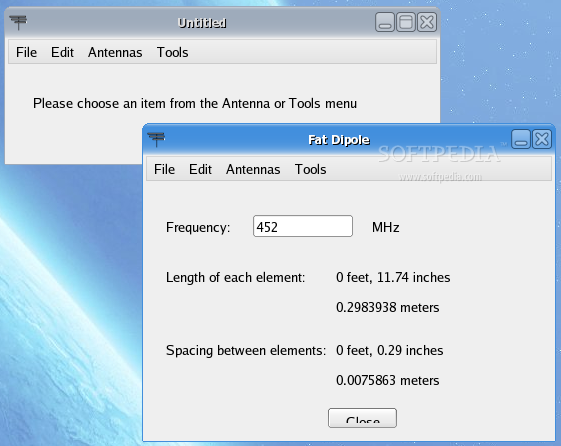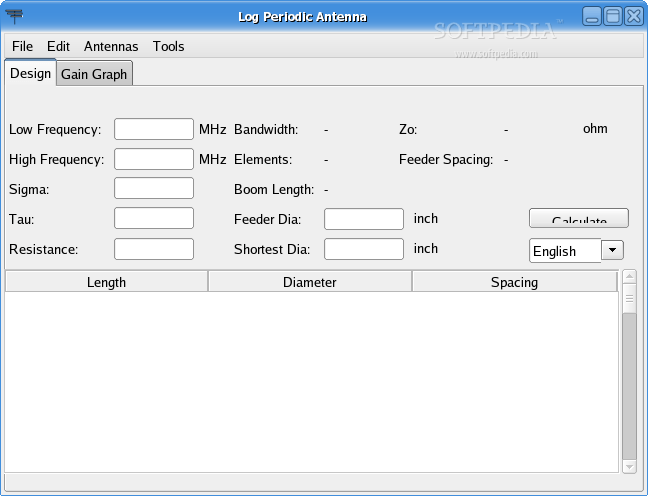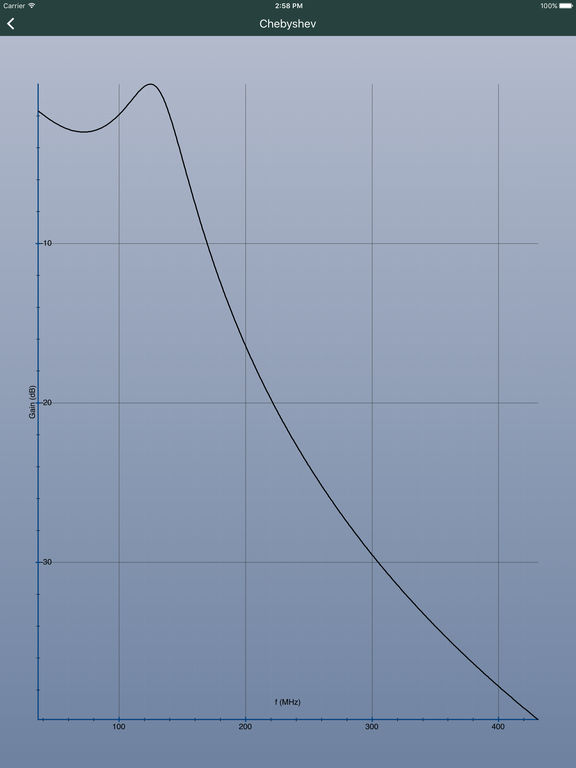
Another possibility is that coding errors occur more frequently, but are unconsciously detected and corrected internally, prior to ever being spoken ( Hickok, 2012 Levelt, 1983 Nozari et al., 2011). How is this achieved? One possibility is that the mechanism is so exquisitely tuned that it simply makes very few coding errors. Given the system’s complexity, the ample opportunities for error, and the fact that speech is articulated at a rate of approximately five syllables per second ( Jacewicz et al., 2010), it is remarkable that the vast majority of words are accurately produced (estimates put the number at approximately 99.9% see, e.g., Garnham et al., 1982 Levelt, 1992). Speaking is a deceptively complex task involving several computational stages: selecting words from a mental dictionary that can contain tens of thousands of entries, correctly accessing and coding the sequence of sounds that could have many possible permutations, and executing the motor commands to reproduce those sounds with coordinated movements of several independent articulators within the vocal tract ( Levelt, 1989).

Other brain areas showed preferential response for taboo words as well but responded below baseline and were less likely to reflect language processing as indicated by a decoding analysis, implicating left pMTG in internal error correction. While no evidence was found for a significant difference in brain response as a function of lexical status of the potential speech error, biasing potential errors toward taboo words elicited significantly greater response in left pMTG than biasing errors toward (neutral) words. The forward prediction effect was replicated. The present study built on this prior work by attempting to replicate the forward prediction and lexicality effects in nearly twice as many participants but introduced novel stimuli designed to further tax internal error correction and detection mechanisms by biasing speech errors toward taboo words. Previous work using the same paradigm in the context of silently articulated and imagined speech production tasks has demonstrated forward predictive signals in auditory cortex during speech and presented suggestive evidence of internal error correction in left posterior middle temporal gyrus (pMTG) on the basis that this area tended toward showing a stronger response when potential speech errors are biased toward nonwords compared to words ( Okada et al., 2018). The present functional magnetic resonance imaging study sought neural evidence for internal error detection and correction by leveraging a tongue twister paradigm that induces the potential for speech errors while excluding any overt errors from analysis. Speech production involves the careful orchestration of sophisticated systems, yet overt speech errors rarely occur under naturalistic conditions. A saved GUI state that can be loaded into brainSurfer ( Teghipco, 2022) to show interactive and manipulable surface renderings identical to those shown in our figures (i.e., including all thresholds, colormaps, and other visualization settings) can be found on figshare (10.6084/m9.figshare.21357525). Surface visualizations can be replicated using the brainSurfer toolbox for MATLAB ( ). Additional parameter information that may be useful is provided along with the neurovault collection linked above as metadata.


#RF TOOLBOX VERSION 2.13 HOW TO#
FMRI analyses can be replicated with FMRIB’s Software Library (Version 6.0.5.1 Jenkinson et al., 2012), using parameters provided in the methods (see FSL course preparatory material for guides on how to replicate purely using GUIs).
#RF TOOLBOX VERSION 2.13 CODE#
Example code for replicating meta-analyses can be found on our GitHub repository ( ).
#RF TOOLBOX VERSION 2.13 DOWNLOAD#
Raw data is available to download on data dryad ( ). Group-level contrast maps for this study can be found on neurovault ( ). Associated Data Data Availability Statement


 0 kommentar(er)
0 kommentar(er)
